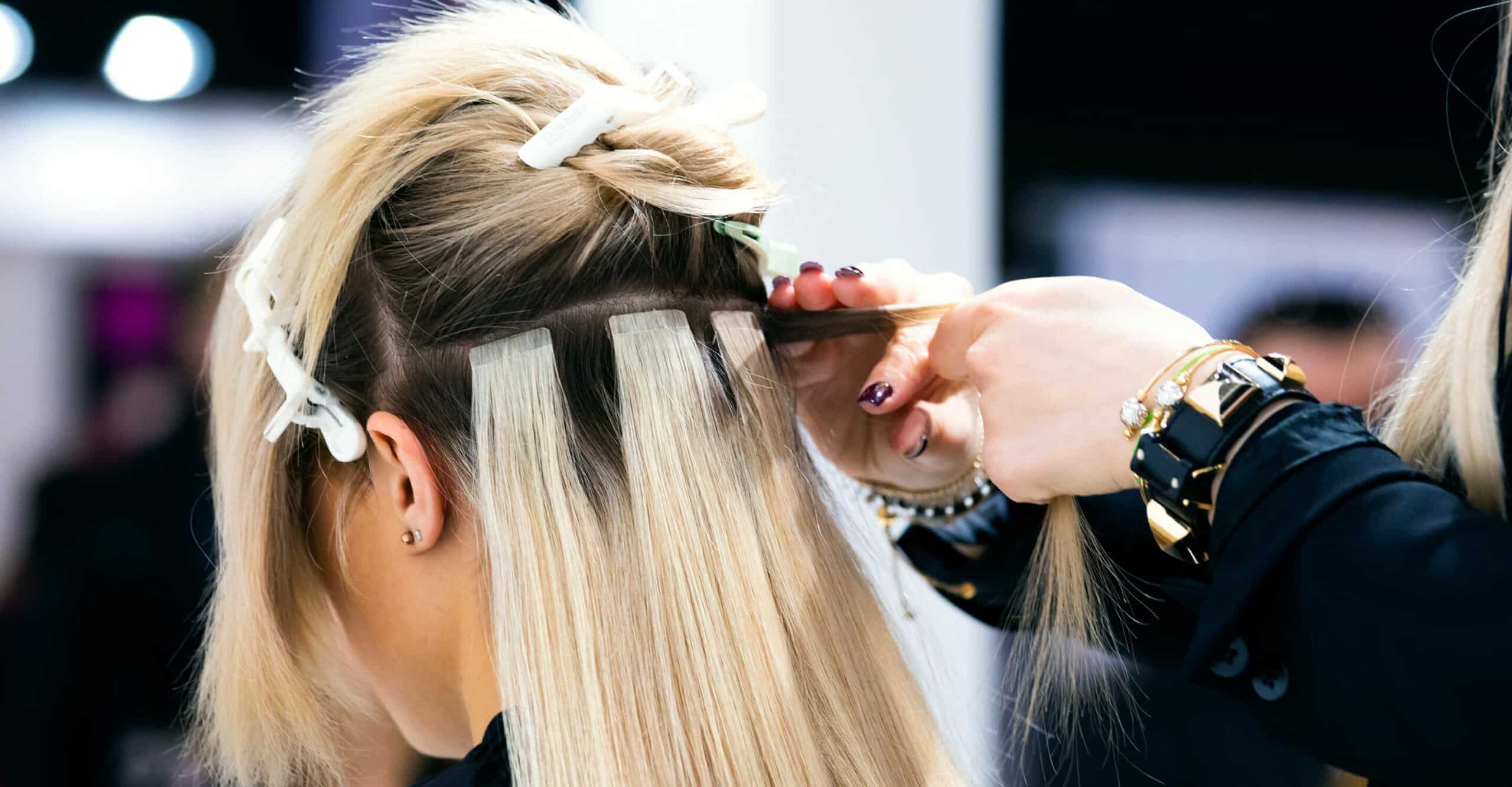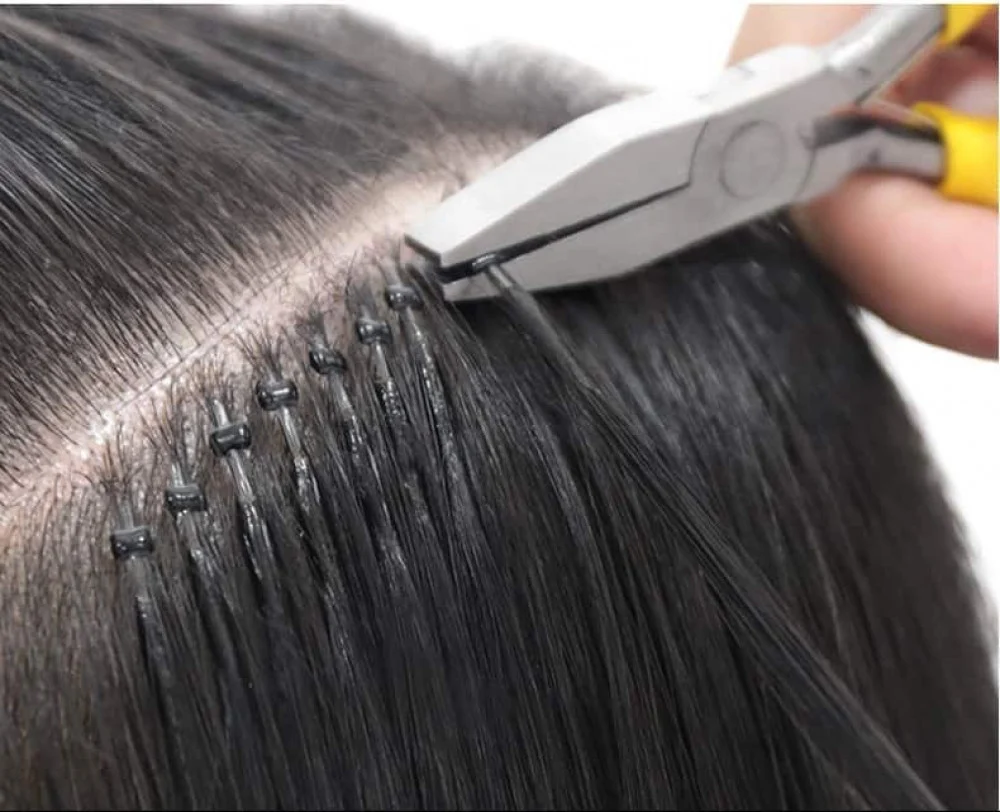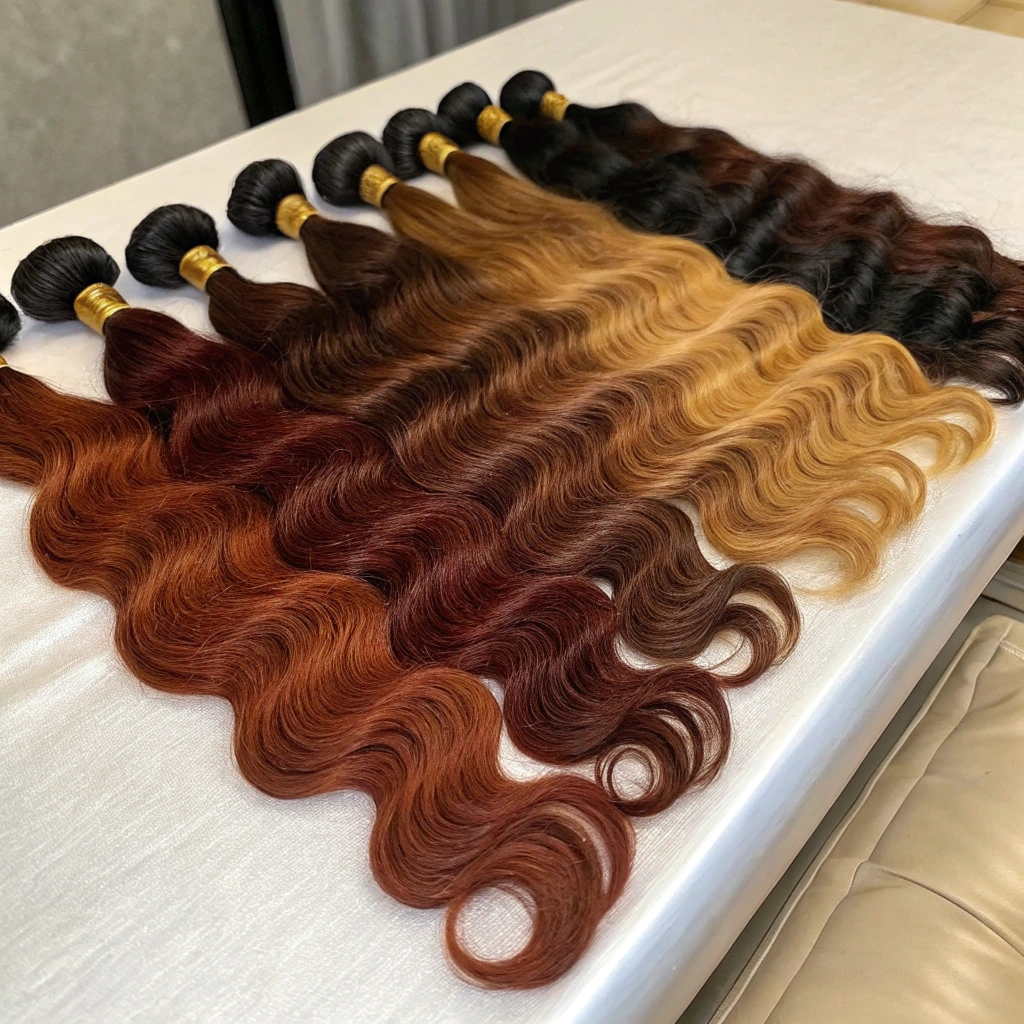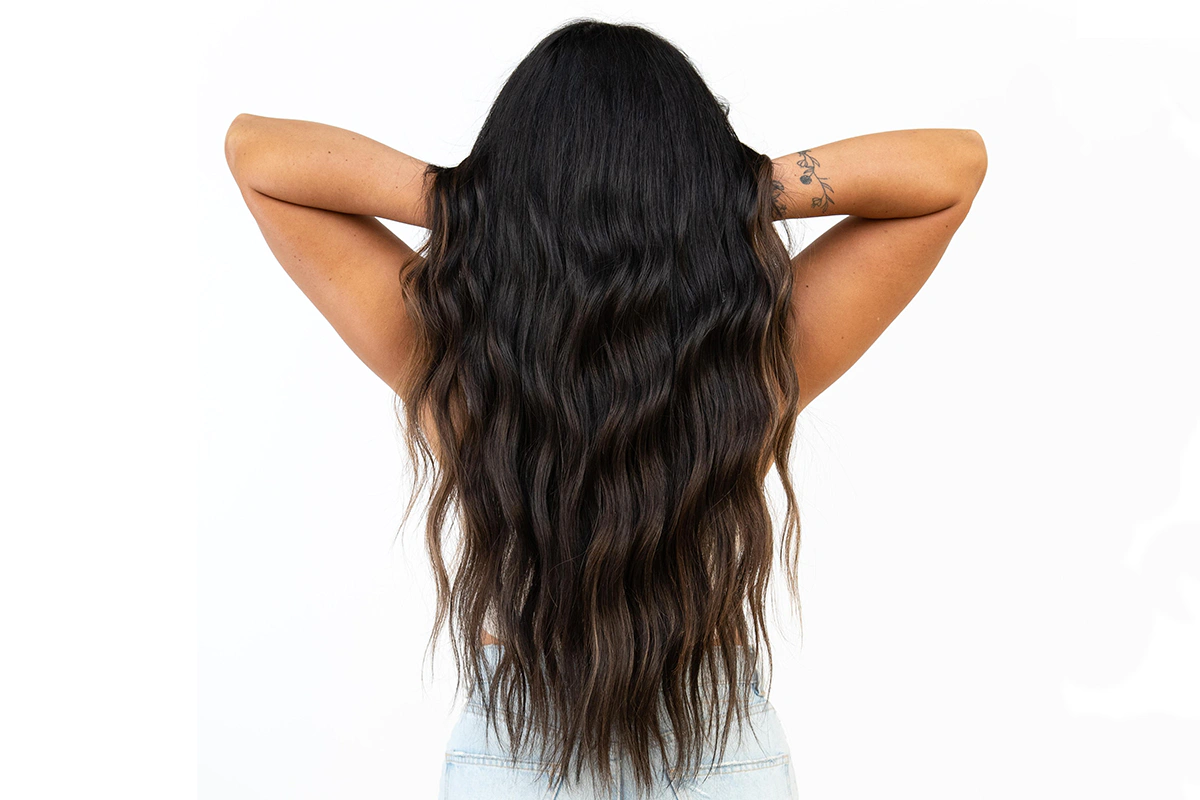The Hidden Costs of Hair Extensions: Risks and Realities
Wearing hair extensions1 can feel like the ultimate fashion accessory – adding length, volume, and style to hair that might otherwise lack luster. However, as someone deeply invested in the hair industry, I've observed that these glamorous additions come with significant downsides. From damage to your natural locks to potential scalp irritation2, allergic reactions3, and the high financial and time costs, the cons of hair extensions1 are often overshadowed by their popularity. But it’s time we explored these issues with the gravity they deserve.
What are the Disadvantages of Hair Extensions?
When you attach something to your hair and scalp, expect repercussions. The most common complaints about hair extensions1 include damage to natural hair, which manifests as breakage, thinning, and even complete hair loss due to constant tension or poor application and removal techniques.
Dive Deeper: The Toll on Your Tresses
Imagine the constant weight of extensions tugging at your follicles – it's akin to strapping weights to your delicate wristwatch chain. Over time, this strain can cause traction alopecia4, a specific type of hair loss caused by prolonged pulling. But the concerns don't stop there.
Extensions, whether they are clip-ins, sew-ins, or glued, can contribute to:
- Scalp Irritation: The added weight and pressure can irritate the scalp, leading to discomfort or even infection.
- Allergic Reactions: Some individuals react to the adhesives or materials used in hair extensions1.
- Maintenance Costs: Beyond the initial price, upkeep can be expensive. Reapplications and treatments to maintain the quality of both the extensions and natural hair can quickly add up.
- Time-consuming Styling: Integrating your natural hair with extensions requires daily effort, often necessitating specialized products and practices.
Here's a quick comparison to visualize the issues:
| Concern | Description |
|---|---|
| Hair Damage | Breakage, thinning, loss due to weight and tension |
| Scalp Irritation | Itching, redness, potential for infection |
| Allergic Reactions | Reaction to adhesives or synthetic materials |
| Cost | High initial cost, expensive ongoing maintenance |
| Time Commitment | Daily styling and specialized care routines |
Pro Tip: Conduct a Patch Test
Before committing to a particular type of extension, perform a patch test. Apply the adhesive or material to a small area of skin to check for reactions.
How Much Do You Tip for $1000 Hair Extensions?
Navigating tips can often feel like treading on thin ice, especially in situations involving hefty bills like those for $1000 hair extensions1.
Dive Deeper: What’s the Custom?
In salons, tipping is customary, often reflecting gratitude for service quality and effort. For extensions, which require extensive time and expertise, a common recommendation might be 15-20% of the service total.
- 15% Standard Appreciation: Consider if the service was satisfactory and met your expectations.
- 20% for Exceptional Service: Reflects gratitude for extraordinary service, skill, or circumstances like a complex styling that exceeded expectations.

Remember, tipping is about recognizing the skill and effort that went into helping you achieve your desired look. Next time you sway your new locks, don't forget the hands and heart behind them.
What is the Healthiest Hair Extension?
Choosing hair extensions1 that complement your lifestyle while minimizing potential downsides is crucial for long-term satisfaction.
Dive Deeper: Healthier Options for Happier Heads
At Plucharm Hair, we've dedicated years to refining our process to offer extensions that are both luxurious and considerate of your natural hair. Here's what to consider:
Natural Materials over Synthetics: Extensions made from 100% real virgin hair tend to be less irritating and provide a more natural look. They are also versatile, allowing for any styling method familiar to your natural hair.
High-Quality Adhesives: Opt for medical-grade, hypoallergenic adhesives to mitigate allergic reactions3 and scalp damage.
Lightweight Attachments: Techniques like tape-ins or clip-ins that apply less tension to your natural strands can reduce the risks of breakage.
Expert Insight: Embrace Safe Techniques
Partner with professionals who prioritize hair health. Applying extensions is as much a craft as cutting or coloring – expertise ensures safety and quality.
Is it Normal to Lose Hair After Extensions?
Hair shedding is a natural cycle, but the aftermath of extensions can exaggerate this issue, leaving many wondering if it’s a sign of something deeper amiss.
Dive Deeper: Understanding Post-Extension Shedding
Post-extension shedding is common, yet alarming. Hair that's been hidden or neglected beneath extensions might seem more fragile once exposed. Here’s what you can do:
- Gentle, Nourishing Care: Focus on restoring moisture and strength with sulfate-free shampoos and deep conditioners.
- Professional Assessment: If shedding appears excessive, consult a dermatologist to discern if factors like traction alopecia4 have contributed significantly.
- Diet and Hydration Support: Maintain a balanced diet rich in essential nutrients and stay hydrated – it supports hair health from within.
Did You Know?
Plucharm Hair utilizes advanced techniques to minimize hair stress during attachment and removal, reducing long-term impact.
Conclusion: Think Beyond the 'Do'
While hair extensions1 can offer an immediate transformation and boost in confidence, they're not without their pitfalls. Weigh the pros and cons, understanding the commitment involved5 beyond the chair in the salon. Whether you seek length, volume, or simply change, ensuring the process respects the integrity of your natural hair and scalp health should be paramount.
Choosing a partner like Plucharm Hair means embracing quality, safety, and innovation. Our mission goes beyond enhancing appearances – it's about fostering trust, ensuring satisfaction, and celebrating the beauty and confidence that well-crafted extensions empower.
For more insights and to explore our offerings, visit Plucharm Hair. Let's transform the hair industry together while keeping your locks luxurious and healthy.
-
Explore the potential risks of hair extensions to make informed decisions about your hair care. ↩ ↩ ↩ ↩ ↩ ↩ ↩ ↩
-
Learn effective treatments for scalp irritation caused by hair extensions to maintain comfort and health. ↩
-
Understand the types of allergic reactions to hair extensions to avoid discomfort and choose safer options. ↩ ↩
-
Discover how to prevent traction alopecia caused by hair extensions to protect your natural hair. ↩ ↩
-
Understand the commitment required for maintaining hair extensions to ensure satisfaction. ↩




